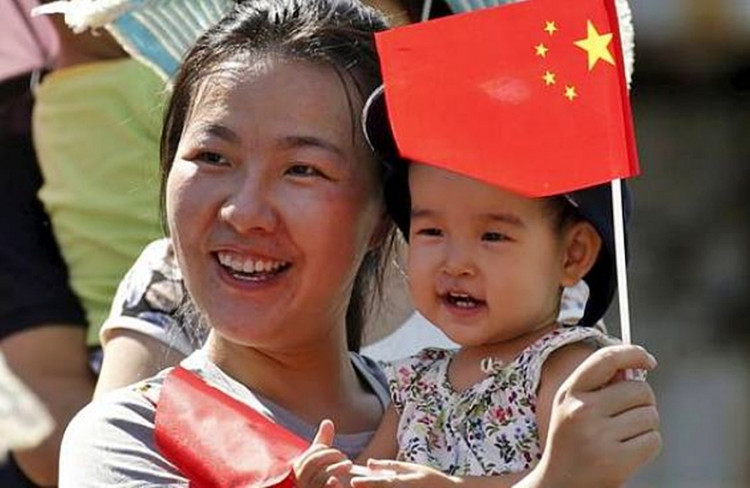In the latest indication that China' "One-Child Policy" is well and truly dead, the central government in Beijing will abolish three offices tasked with enforcing the draconian policy that was implemented in 1979.
The National Health Commission (NHC) said the three offices are responsible for grassroots implementation of family planning policies under the One-Child Policy that was discarded in 2015. These three offices have been removed from the new structure of the NHC.
Replacing the axed offices will be a new office for "population monitoring and family development." This unit will be responsible for improving birth policy. It will also organize, establish and improve the system of extraordinary family assistance for family planning.
Oddly, NHC still retains responsibility for family planning management and facilitation work and for improving family planning policy. In March, NHC dropped the phrase, family planning, from its name to reflect its new role as a promoter of fertility.
There is a proposal before the State Council of China, which implements and manages the country's family-planning policy, to replace the existing family-planning policy with one called "independent fertility." Under this new policy, a married couple will be permitted to decide how many children they want to have.
A decision on adopting independent fertility as China's new child policy could come as soon as the fourth quarter of this year. If this policy is approved, it will represent a 360-degree turnaround from the infamous One-Child Policy, which prevented the births of 400 million babies as per government estimates. It will also represent a huge improvement on the two-child policy adopted in 2016 but only in urban areas.
China has been forced to revamp its family planning policy because its population is aging far too fast. The One-Child Policy resulted in China's population growth plunging well below the world average. Chinese policymakers were then forced to admit the failure of the One-Child Policy while coping with the detrimental effect of a rapidly growing aging population.
By 2050, China will face a serious labor shortage as the country's high dependency ratio for retirees will rise to a high 44 percent by the middle of this century. A high dependency ratio means a country's working age (or productive population) and its overall economy face greater burdens in supporting their aging population.
As of 2017, people aged 60 and above comprised 16.2 percent of China's population compared to 7.4 percent in 1950. The one-child policy, plus the traditional Chinese preference for having sons, has created a gender imbalance so severe there were 117 boys born for every 100 girls in 2015.
This skewed gender gap means that by 2020, there will be 30 million enforced bachelors in China that will be unable to find wives due to the massive gender gap.






